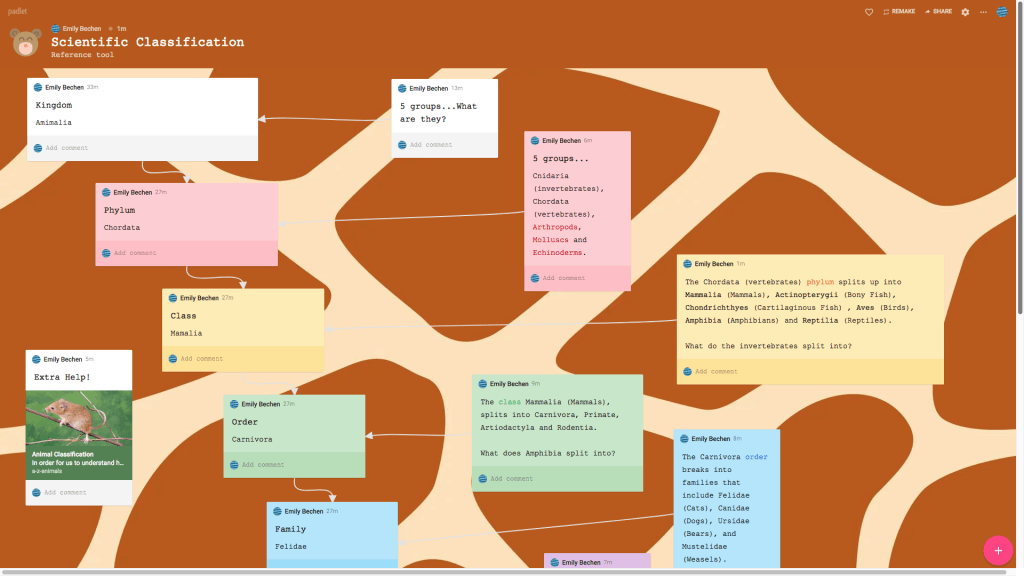The intersection of technology and instruction in classrooms is valuable for many reasons. Since technology is so multi faceted and can be used in all subject areas, it provides access and engagement to content in new ways. Because of this, all students including those with diverse learning needs can access information, work collaboratively with others, create projects, and express their ideas in unique ways.
I think I have become a much more “tech savvy” teacher because of this class in regards to becoming more confident in creating technological tools, presenting information in unique ways, and sharing projects and information through multiple outlets. The tools I’ve learned in this class will help me help my students work with others, express creativity, and be able to show their thinking. I now have many ways that I can assess and work with students.
I really enjoyed the fact that the class was taught through hands on projects. I would not have been able to learn how to use the tools without the opportunity to make something on my own with it and have support in the classroom. I was motivated to learn the tools and will save my projects to remember how to use them because I can see how tools like Padlet, Clips, and ThingLink can provide extra support for students and get them using the computer or tablet to stay engaged, and motivate them as well when they have the freedom to create things they’re interested in and excited about.
















